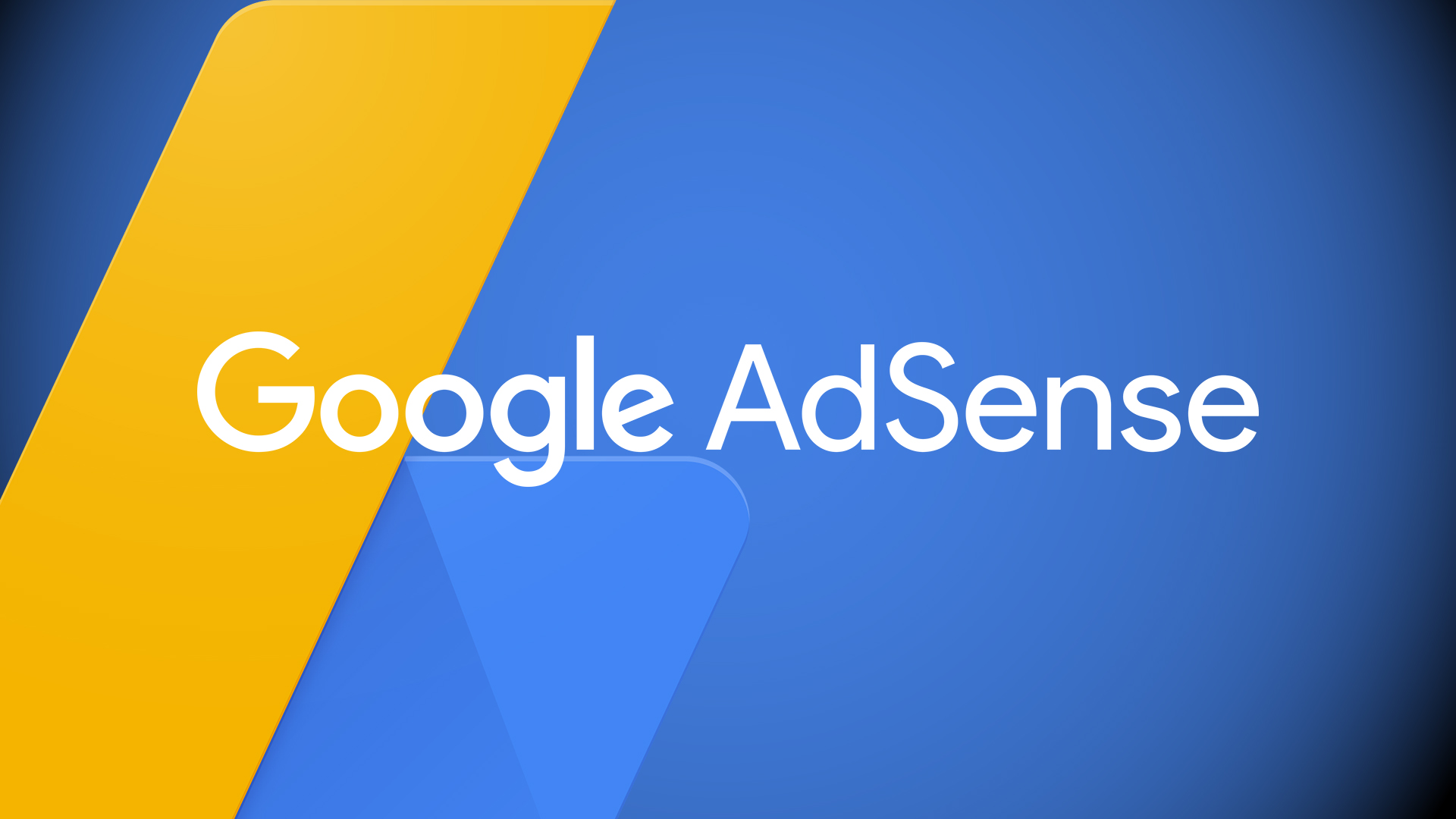Google AdSense is a common blog monetization tool. Joining the AdSense program is simple, as advertising can easily be inserted into your blog. Plus, advertising doesn’t take up a lot of room. Google also has guidelines that you have to obey in order to prevent being banned from the AdSense service.
AdSense is a Google service that allows publishers to run advertisements and monetize their content without thinking about selling ads or ad inventory management. The software is available to most website owners and is also incorporated into the websites of Google Blogger and YouTube.
AdSense is structured to optimize the way the domains are monetized with ads. Rather than working with individual advertisers and working with complex systems to monitor issues like how many people watch your advertisements and click on them, Google does it all. Here are some details about Google AdSense policies that you should be aware of.

Don’t Book Artificial Clicks
Clicks on advertisements to Google will occur due to the true interest of the customer. Google AdSense publishers can artificially raise the number of clicks on Google AdSense ads appearing on their pages. However, Google frowns on this activity and terminates the AdSense accounts of individuals doing the following.
- Click on AdSense links on your own blog
- Telling other people to click on AdSense links on your blog
- Using some sort of automated mechanism to improve clicks, whether you generate them or not
More Content; Not Ads
Google doesn’t totally limit the number of advertisements you can put on a single blog or website, but it still imposes restrictions. Google reserves the right to limit advertising or ban AdSense accounts on web pages that it finds inappropriate, including the following.
- Pages which contain less content than advertising
- Pages that are automatically created
- Pages without content
Don’t Create More Than One AdSense Account
Creating separate Google AdSense accounts and publishing ads from both accounts on the same blog may be tempting, but doing so is in breach of Google’s policies. While you can connect to your Google AdSense account for more than one blog or website, you cannot have more than one individual account.
How Does It Work
Advertisers pay Google to run advertisements on the AdSense network, and when those ads appear on your websites, Google pays you. You earn 68 percent of the amount charged by the advertiser according to Google’s revenue-sharing agreement, while Google holds 32 percent.
- Cost per click (CPC): You get charged each time a viewer clicks on one of those advertisements.
- Cost per mille (CPM): Such advertisements cost a fixed sum per 1,000 times a viewer sees the ad on your website. Usually, they cost less than CPC, but they cost no matter if anyone clicks.
- Cost per action (CPA): Such ads cost only when a viewer clicks on the ad and then performs an action such as signing up for a mailing list. Since the action provides the advertiser with a direct profit, they usually pay more for such advertisements.

Conclusion
You need to have a website before you can register for an AdSense account. The website must be registered to run AdSense ads. Websites must meet a range of eligibility requirements. Click here to learn more about digital marketing.
Also read – How To Use Google Jobs Service To Find Employment












